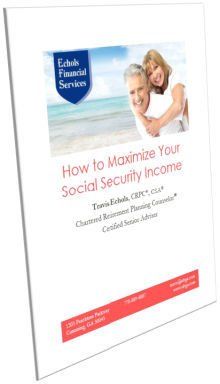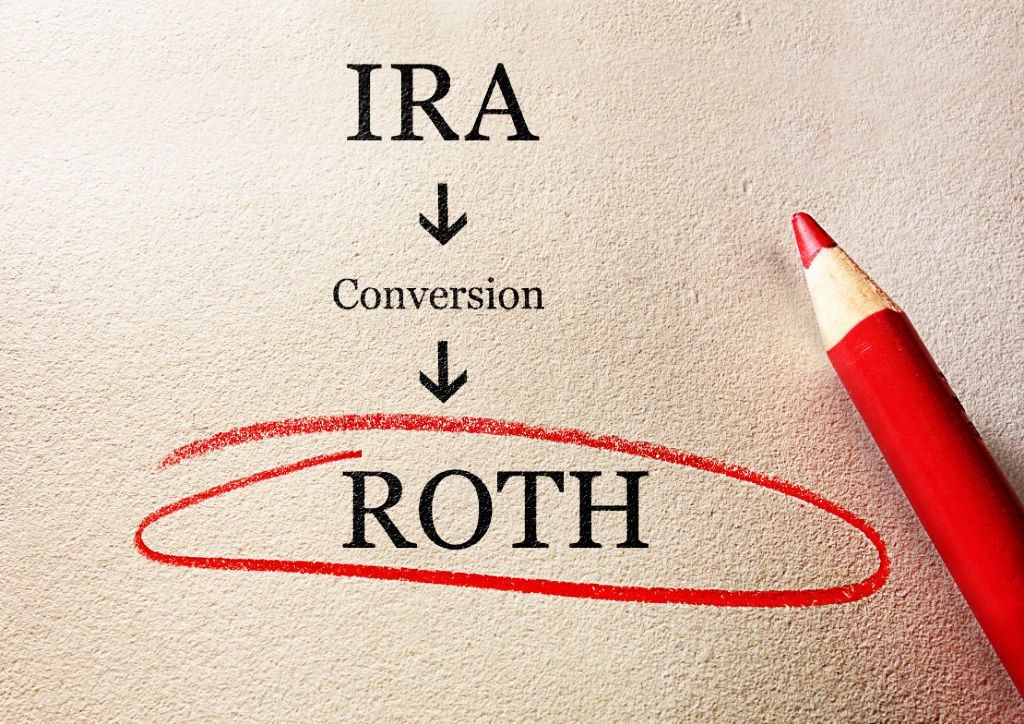How to Dodge the Social Security Tax Torpedo

Originally written on 1/6/2017. The SECURE Act of 2019 changed the starting Required Minimum Distribution (RMD) age to 72 versus 70½. The most recent SECURE Act change is age 73 or 75 depending on when you were born. This would change the numbers in the illustration below, giving the Brady family a little more time to do partial Roth conversions before RMDs are required.
The basic taxation of Social Security benefits did not change with the SECURE Act, so the concept is still very applicable under the current 2020 tax laws.
Sign up to receive my free monthly email articles on retirement planning--no cost, no obligation .
Your financial planning strategy for managing assets in retirement is as important as your strategy for accumulating assets for retirement. Middle-income earners are often vulnerable to a problem known as the tax torpedo.
This unfortunate state of affairs occurs when various income sources in retirement combine in such a way to raise your federal tax bracket, effectively punishing you for doing nothing more than being financially successful.
But there are strategies to dodge or reverse the tax torpedo. I want to focus on one such strategy in this article.
Early Social Security filers and retirees who start taking pension payments as soon as possible can find themselves paying much higher taxes than they expected (either early in retirement or long after Social Security full retirement age).
It doesn’t take very much taxable income to subject your Social Security benefit to federal income taxation.
Retirees who are the most vulnerable have multiple income sources such as a pension, part-time work, rental income, and/or large withdrawals from tax-deferred retirement accounts.
Even if you do not need income from your tax-deferred retirement accounts (like IRAs and 401ks), you have little choice but to take Required Minimum Distributions (RMDs) at age 72 (was age70½ before the SECURE Act of 2019)--or else face a 50% penalty on what you should have taken.
The government’s perspective is that you have deferred paying taxes long enough.
So, at age 72 it is time to start taking distributions and pay your tax bill on those assets whether you need the money or not. And remember, tax-deferred 401(k) and IRA withdrawals (not Roth IRAs) are taxed at ordinary income tax rates.
These marginal federal tax bracket rates are higher than long-term capital gains rates and qualified dividends from taxable accounts.
If your "provisional income" exceeds the thresholds below, a percentage of your Social Security benefit will be taxed. For example, for married couples filing jointly, if your provisional income is between $32,000 and $44,000, you will be taxed on 50% of your Social Security benefit.
If your provisional income is above $44,000, you will be taxed on 85% of your Social Security benefit.

Provisional income = Adjusted gross income (excluding Social Security) + tax-exempt interest (like municipal bond interest) + ½ of Social Security benefits. Unfortunately, these income thresholds are not indexed upward each year for inflation, and will not likely be indexed in the future.
The strategy I'm discussing here is to delay claiming your Social Security benefit to increase your Social Security monthly payments and simultaneously give yourself a few years to convert tax-deferred IRA assets to tax-free Roth IRA assets.
The goal is: when your Social Security income does begin at a higher guaranteed-for-life income level, your provisional income will be below the income tax threshold and you can eliminate paying taxes on your Social Security benefits. Or, if you have a higher income, you can at least lower your tax burden on your Social Security benefits.
Let’s look at a personal finance example using a couple I’ll call Mike and Amanda Brady.
Notice below: the additional income in the later years is made up primarily of RMD withdrawals and taxed
Social Security.
This is after the Brady family retire at ages 65/65 (two years apart) and they live off of monies in the bank or regular brokerage accounts during the gap from 65 to 70.
Notice below how the large IRA distributions drive up their federal income tax brackets (in this case above the 28% marginal rate, starting when Mike is around 80 years old).
The graph below shows how this Roth conversion strategy smooths out the tax liability. By converting the amount of traditional IRA assets needed to fill up the lower 15% tax bracket in the early years, Mike and Amanda have avoided being taxed at the 28% bracket in their later years.
So the advisability of the strategy is based on marginal tax rates now
versus later.
By harvesting and converting retirement assets for tax efficiency, the Brady’s ending portfolio is over $1 million greater at ages 92/90! Mike and Amanda will have extra money they can spend or give away rather than sweating out higher taxes in their golden years.
This is not a strategy suitable for everyone, as some will need to take Social Security early, due to a lack of liquid assets. Many retirees do not have the disparity in marginal tax rates for this to make any appreciable difference. Some investors already have a large proportion of their investments in Roth 401(k)s or Roth IRAs.
Some people do not trust the solvency of Social Security so they want to get the benefit as early as they can, while they can.
And then there are retirees who would prefer other ways of dodging the tax torpedo (such as staggering withdrawals from tax-deferred accounts every other year, timing the sale of securities, timing the withdrawals of Roth IRAs and traditional IRAs, and lowering other types of investment holdings that raise provisional income.)
As you can see, a financial planner who specializes in Social Security and tax planning for retireescan guide you in this discovery and show you from which accounts withdrawals should be taken (taxable, tax-deferred, tax-free), in what order, and what conversion opportunities exist to maximize your tax-efficiency.
See IRS Roth IRA conversion regulations and consult your tax adviser and financial planner before implementing this reverse Social Security tax torpedo strategy.
See also Leverage
Tax-Efficient Withdrawal Strategies to Boost Your Retirement Income
and Investing for Income in Retirement
.


Travis Echols , CRPC®, CSA
Receive free Social Security Guide by email




Investment Advisory Services offered through JT Stratford, LLC. JT Stratford, LLC and Echols Financial Services, LLC are separate entities.











